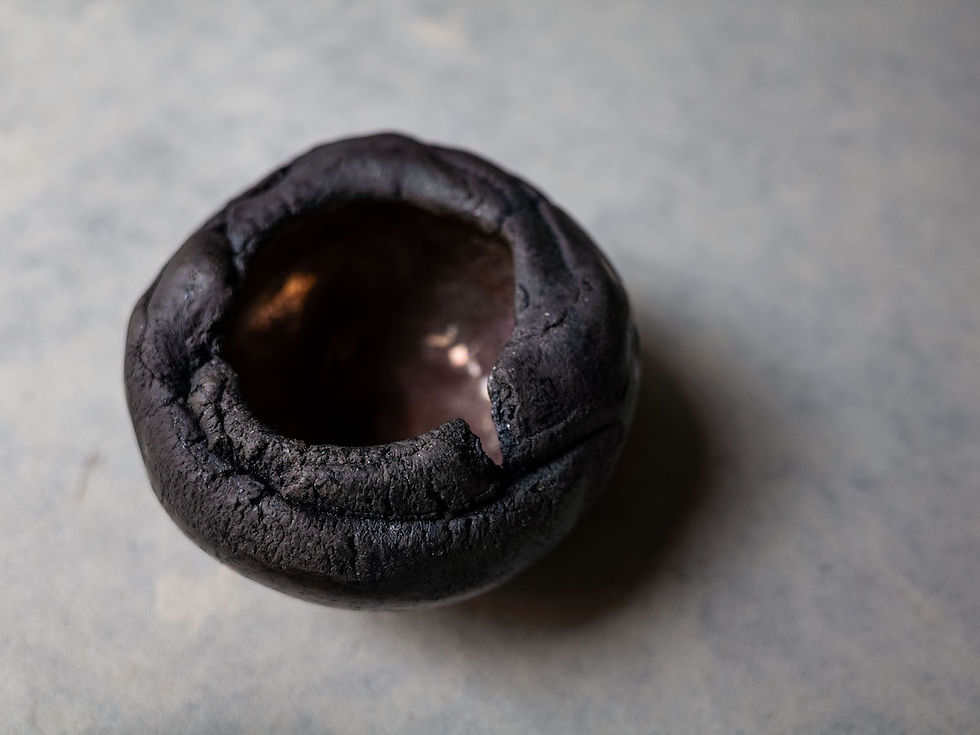New Arrivals
Remove impurities and provide nutrition
Non-foaming natural cleanser and moisturiser
Japanese formula: rice bran and camellia
Made with high-quality natural ingredients and pure essential oils, our non-foaming cleansing formula is free from synthetic sulfates and parabens.
It caters to the entire body, including the face and hair, gently purifying.
Rich in vitamins E and B, rice bran oil is renowned for its powerful antioxidant properties, while camellia oil is valued for enhancing the skin's moisture retention ability.
These precious oils have been integral to Japanese beauty rituals, encouraging skin rejuvenation, nourishment, and hydration.
The olfactory essences create a profound sense of serenity and grounding, transforming your cleansing routine into a moment of tranquility and rejuvenation.
Treasure Box offers a home spa experience with a complete full-body, soul, and mind treatment set.



Scent:
Vetiver
Spanish Sage
Amyris Sandalwood
Patchouli
Clove
Indulge in a scalp massage with the Pre-Wash Treatment, formulated with camellia and evening primrose oils, rich in Omega 6 and 9, to soften, nourish, and moisturise your scalp and hair while removing dirt and dead skin cells.
Made with high-quality, 100% natural ingredients and pure essential oils, our head spa formula is vegan and biodegradable, free from any synthetic substances
Frankincense and hemp oil are known for their ability to reduce inflammation, soothe itchiness and irritation, and improve circulation to the face and head, helping to prevent headaches and hair loss.
Regular use of this treatment balances the moisture barrier by strengthening hair roots, enhances shine, and calms unruly hair to achieve a silk-like finish.
Head Spa Treatment transforms your self-care routine into a luxurious head spa experience while supporting overall healthy hair growth.


Scent:
Basil
Frankincense
Spanish Sage
Amyris Sandalwood
Siberian Fir
Treasure Box offers a home spa experience with a complete full-body, soul, and mind treatment set.
AETHER
Leather Scent Accessory
In collaboration with Abokika
Inspired by the concept of an amulet worn around the neck, our Aether leather object carries a scent to accompany you on life’s journey at any time, much like the protection offered by therapeutic botanical essences, which lie at the heart of our olfactory creations.
In collaboration with Abokika, a Japanese leather craftswoman, Aether is handcrafted from start to finish in her London atelier, using traditional saddlery techniques such as saddle stitching and hand burnishing to ensure exceptional quality and durability.
She exclusively uses the finest vegetable-tanned leather sourced from Europe, personally selecting each piece with care.
BOTANICAL ARCHIVES
Reed Diffuser
Ceramic Vessels In collaboration with Studio Cuze
Our reed diffuser is made from 100% natural botanical ingredients, including a high concentration of precious essential oils, delivering a captivating, long-lasting scent that immerses your space while promoting holistic well-being for mind, body, and spirit.
Discover three exclusive scents, curated from our botanical archives
The freshness and clarity of bergamot, petitgrain and grapefruit combine to create a citrusy vibrance that revitalises and uplifts your spirit. This bright, fruity blend is balanced with the soothing gentle notes of ho leaf and sweet marjoram, acting as a mood booster that comforts the mind and recharges your energy.
Guaiac wood and labdanum create a warm, inviting embrace, evoking feelings of love, forgiveness, and compassion. The sharp spiciness of black pepper, balanced by the resinous richness of elemi, adds a captivating complexity, harmonising the blend with an intriguing accent. This deep, nourishing note opens your heart chakra, leaving you feeling centred and restored.
The moist, woody, earthy essence of tree moss fills the air, blending with the rich, smoky aroma of damp soil, deepened by patchouli and vetiver roots. A fresh hint of pine and basil rises like a sacred light within the wild tapestry of woody wonders, creating a tranquil, mystical sanctuary.
Refillable Solid Perfume
in Handcrafted Walnut Wooden Box
by Kreislauf
These elegant square boxes, crafted from walnut wood, are designed to house our collection of natural perfumes in solid form. They are noiseless yet exude warmth, created with a reusable, no-waste concept that utilizes reclaimed wood typically discarded during production.
Our very first collaboration with the talented brothers, Max and Tim of Kreislauf, is forged through a mutual dedication to craftsmanship and an appreciation for the elegance of simplicity in design.
Aligned seamlessly with our values, their emphasis on durability, sustainability, and circularity reflects a shared commitment to these principles.
We offers two scent variations from our natural perfume collection and a pure scent of oud.
After the solid perfume is used up, bringing the inner detachable case to our boutique allows for a refill, minimizing container waste.
Handcrafted Pottery
By Jessica Coates / Studio MC
Her pottery exudes a peaceful and sensual allure, characterised by a soft and powdery touch, with a real charismatic vibe. Each piece possesses a substantial presence, a demonstration to the artist's skill. It's evident that Jessica's gentleness and open-minded character is mirrored in the beauty of her creations.
These unique, exquisite and organic creatures are shaped step by step without potter’s wheel. They are completely hand-built.
Explore more items you might love

















































































